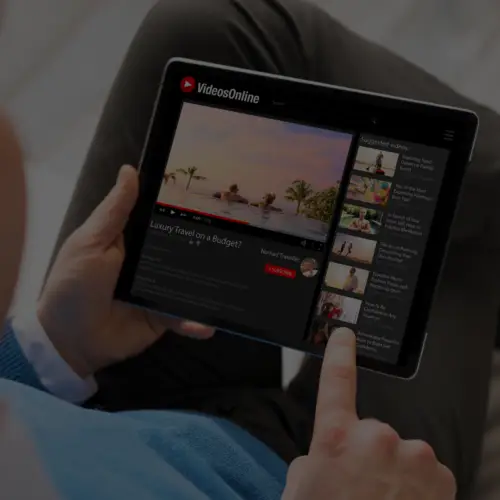
14 Aug Social Media for Nonprofits: 5 Key Questions
Looking for your nonprofit to get social? Social media is a great way to tell the story of your organization, engage with your audience, and drive the results that you’re looking for. Here are five key questions to ask yourself before you get started.

What are you trying to accomplish?
Your goals should be clear. Your nonprofit team has a mission, so your social goals should also be clear. Here are some goals that can help direct your social approach:
- Community engagement and education
- Brand building and reputation management
- Program recruitment
- Fundraising
Who is your audience?
This is very important. Here at Ignite, when developing a brand’s social or community strategy, we follow Forrester’s POST Methodology, ensuring strategies and executions are people first. POST stands for people, objectives, strategies, and tactics.
The easiest way to get started in learning about your audience is to dive into the data. It’s easy to want to jump straight to the tactics, especially when you’re trying to get a certain message across, but before creating social content, think about the perspective of your audience.
What types of content will you create?
- Brainstorm
- What would make them click on something?
- What would make them share?
- What would help them?
- What emotional tie-ins can you create to your product or service?
- Categorize
- Are there a lot of pieces of content that educate your audience? Inspire them? Make them laugh?
- Define
- Identify the top three or four themes and make those your content pillars. The beauty of content pillars is that they act as a guardrail when creating social content. Content doesn’t have to fall into every one, but it must fall into at least one. If it falls into two, that’s OK too.
How frequently will you post?
There are a lot of articles that break down how often you should post, what channels to post to, what posting times are best, etc. From my experience, there is no magic formula across brands. What works for one organization, doesn’t work for another. So, instead of seeking perfection, dive into your social metrics to learn a bit more about your audience. Once you learn what times they are more likely to be online and engaging, you can focus on creating quality content to reach them where they are.
As you can see, we did provide a very generic posting frequency guideline. Again, this is a guideline and keep in mind that not all organizations will have this same frequency.
How will you track success?
Your social audience is your best source of insight, but these insights need to be based in actionable data. Remember, your data can be both quantitative and qualitative. Start by setting goals & benchmarks for content performance. This could be as simple as “An organic post should get at least 30 Likes.” Then, check in regularly. Check your metrics daily, weekly, and monthly.
Assess your content performance regularly. Is your content resonating? Would it have worked better as a different format?
Also, pay close attention to all of the mentions of your organization and incoming comments/messages. Is there a theme that becomes clear in these comments? Are people all saying the same thing about your organization? This could help inform future content ideas and optimize your content.
Remember, social media is still a cocktail party. It’s not all about you, so think about your audience and tailor your approach to deliver value to them.
Want to know more? Let’s chat.







